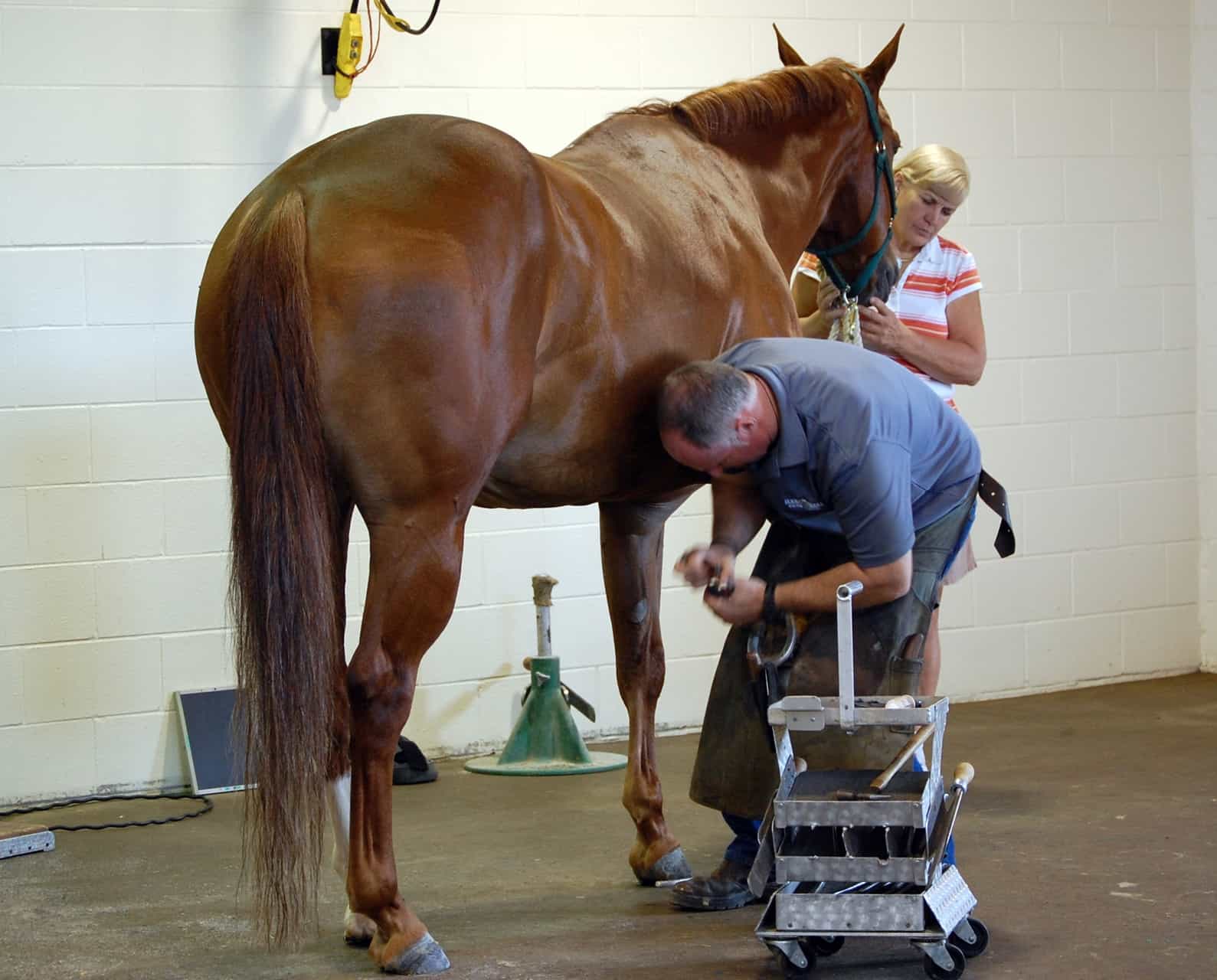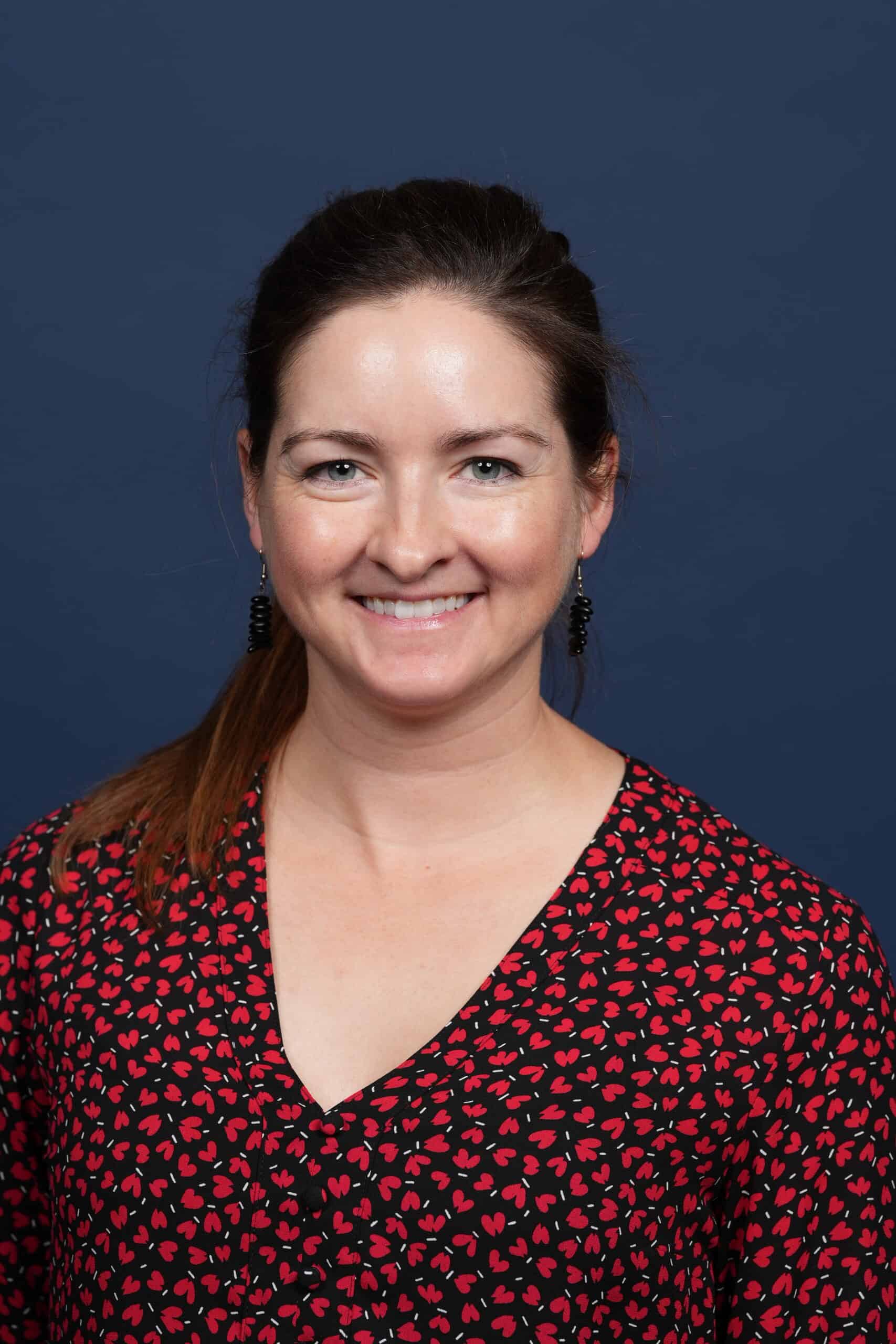Therapeutic Shoeing for Horses With Orthopedic Injuries: Six Key Points

While quality evidence-based research on trimming and shoeing techniques remains scarce, there’s no doubt it plays an important role in managing horses with orthopedic issues. In fact, we might underestimate its importance, said Maarten Oosterlinck, DVM, PhD, Dipl. ECVSMR, ECVS, at the start of his presentation at the 2018 British Equine Veterinary Association Congress, held Sept. 12-15 in Birmingham, U.K.
“Given the link between the external shape of the hoof capsule and its internal function, trimming and shoeing should optimize functionality and ultimately reduce stress, both to prevent injury and to treat established pathology (disease or damage),” he said.
Oosterlinck, of Ghent University’s department of surgery and anesthesiology of domestic animals, in Belgium, described six biomechanical points of focus for trimming and shoeing horses
Create a free account with TheHorse.com to view this content.
TheHorse.com is home to thousands of free articles about horse health care. In order to access some of our exclusive free content, you must be signed into TheHorse.com.
Start your free account today!
Already have an account?
and continue reading.

Written by:
Alexandra Beckstett
Related Articles
Stay on top of the most recent Horse Health news with











